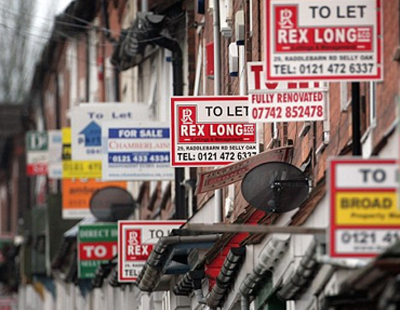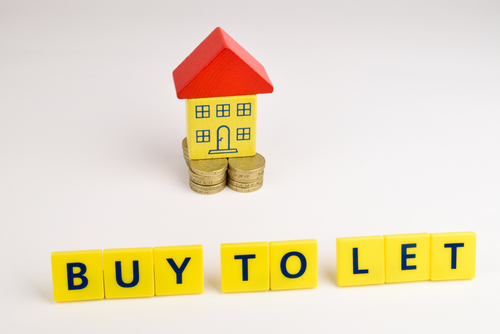Back in 1980 I took out my first mortgage to buy a flat in Birmingham. The flat was very affordable and required only a modest mortgage to buy it.
I had, though, to budget carefully to accommodate the cost of the 15.4% p.a. interest rate that came with the mortgage.
Official interest rates then were at an historic high of 17% with the government and the Bank of England taking drastic action to try to bring down the high prevailing rate of price inflation.
The next twenty years saw a downward trend in the level of interest rates as price inflation was gradually brought under control. This downward trend was not unbroken.
Both the slump in Sterling’s value in the mid-1980s and the pick up in price inflation around 1990 prompted upward moves in UK interest rates.
The downward trend line was, though, a clear feature of the 1980s and 1990s helped by the suspension of the UK’s membership of the European Exchange Rate Mechanism (ERM) in September 1992.
During our brief membership interest rates had to be kept high to maintain the target exchange rate of Sterling against the Deutsche Mark.
Once out of the ERM this imperative was removed and interest rates could be set to reflect UK economic conditions rather than to try to maintain an unsustainable exchange rate. And in the early 1990s with the UK moving into recession and house prices falling there was no need for high interest rates.
The early 1990s thus saw the downward move in interest rates to single digit levels – which is where they have been ever since.
A further sea-change to UK interest rates was prompted by the 2007/08 financial crisis. In the UK and elsewhere interest rates were slashed as economic activity shrank and as banks and other financial institutions fought to deal with the bad debts arising from poor lending and investment decisions.
The UK official interest rate (Bank Rate) was moved to an historic low of 0.5% p.a. in March 2009 and has remained unmoved at this level since then.
What has been a particular further feature of the last two years has been the way that long-term interest rates have moved to ever lower lows.
Long term interest rates are linked to yields on government debt (or ‘gilts’ in the UK). Currently the yield on 10-year gilts is close to 1.2% p.a. - down from 2% a year ago and 8% in the mid-1990s. Overseas yields on government bonds are even lower with yields on 10-year German bunds offering investors an annual return of less than 0.04%!
So why are long-term rates continuing to fall? The reason is that global economic activity is weak and price inflation is close to 0% both in the UK and elsewhere. Consequently there is no prospect of an increase in official interest rates (which set the level of short-term rates in the financial markets) in the near future at least.
Long-term interest rates are determined by the expectations for short-term interest rates in the coming years – so with little upward move in short-term rates expected for some time long-term interest rates are low.
The fear of a possible Brexit following the UK referendum on EU membership on 23rd June is also a factor. Some investors are seeking the security of government debt instead of the uncertainty of other investments whose value could be hit if the vote is to leave the EU.
The consequences of this low interest rate environment have been shattering for savers who have seen the rates paid on their savings accounts fall further over the past year. By contrast borrowers are experiencing the benefits of low mortgage and loan rates.
Fixed-rate mortgages – where the rate charged is linked to government bond yields – have understandably become extremely keenly priced in recent months. But, of course, it’s not all good news for those seeking to get on the property ladder.
Low interest rates put upward pressure on asset prices – including property. So whilst mortgage rates are now very affordable the cost of property being sought may be unaffordable.
Quite a turnaround from the time I bought that flat in Birmingham in 1980!
*This article was written by Martin Upton, Director of the True Potential Centre for the Public Understanding of Finance (True Potential PUFin)


















Join the conversation
Be the first to comment (please use the comment box below)
Please login to comment